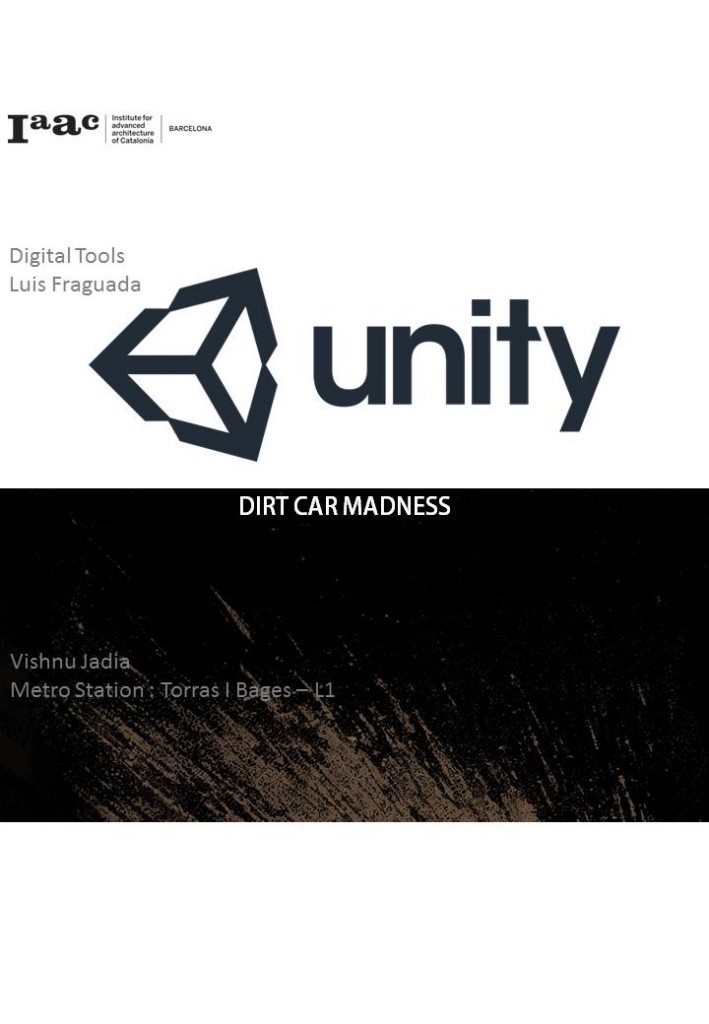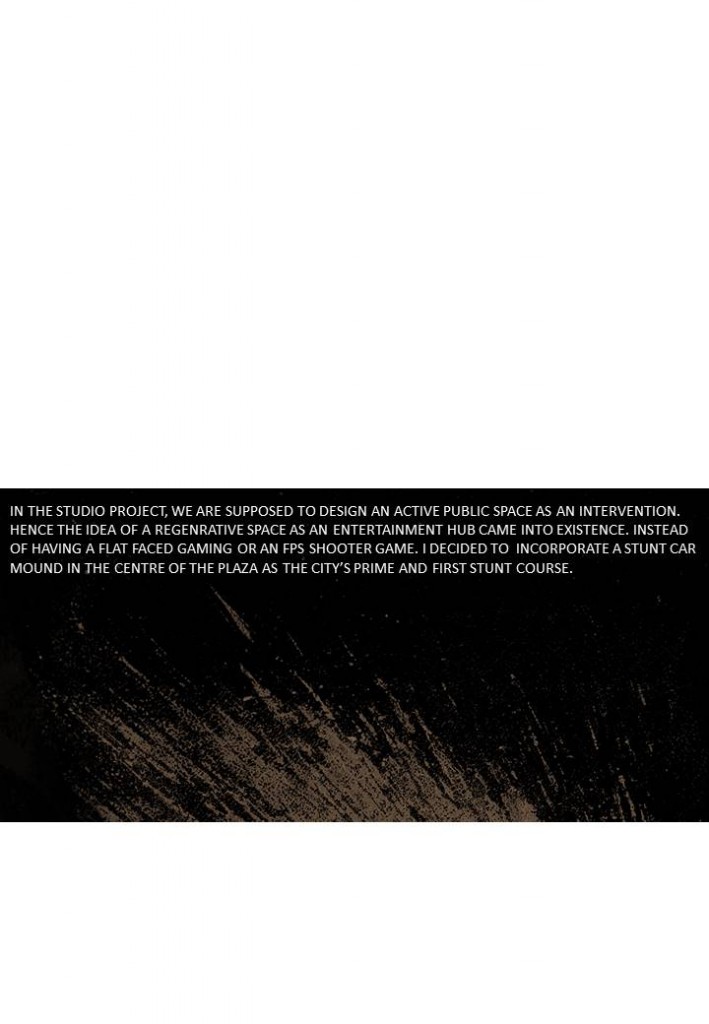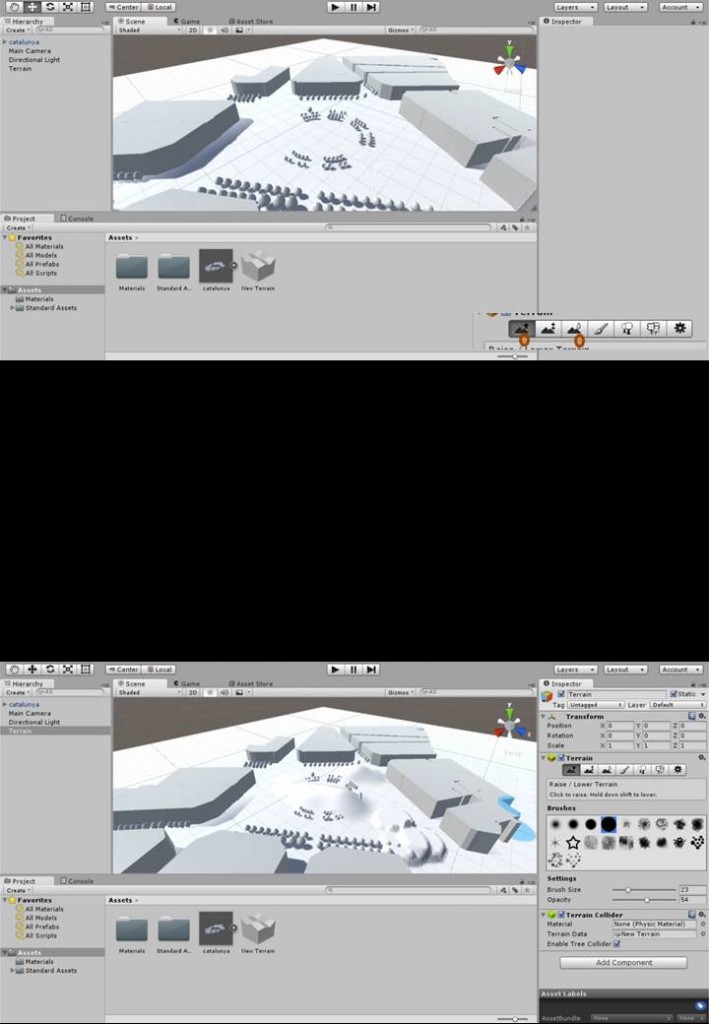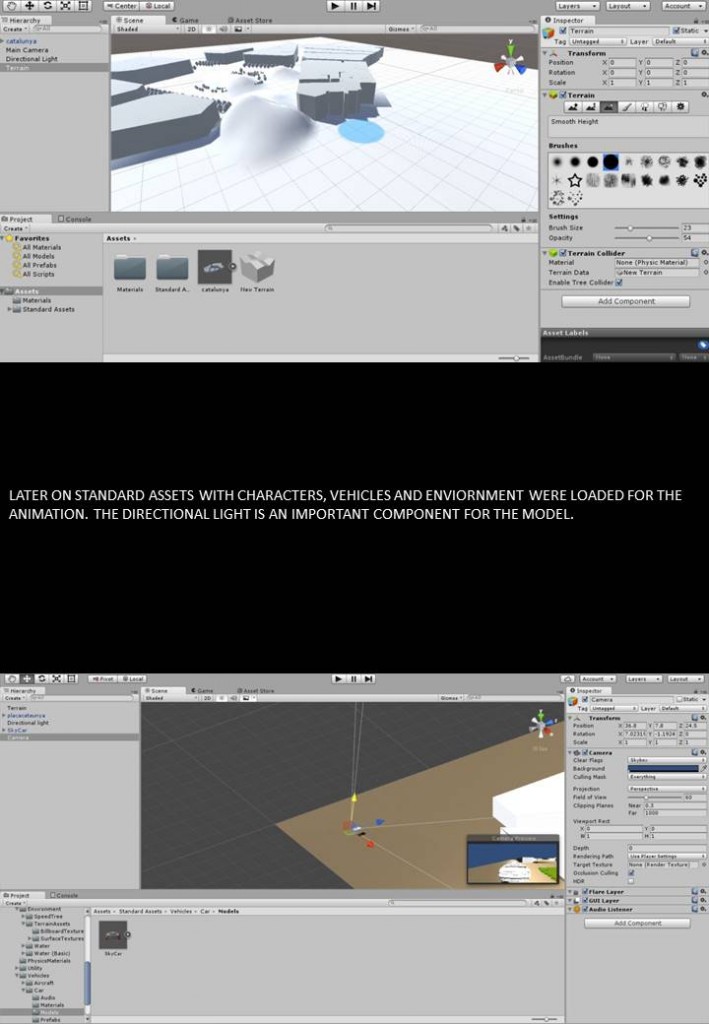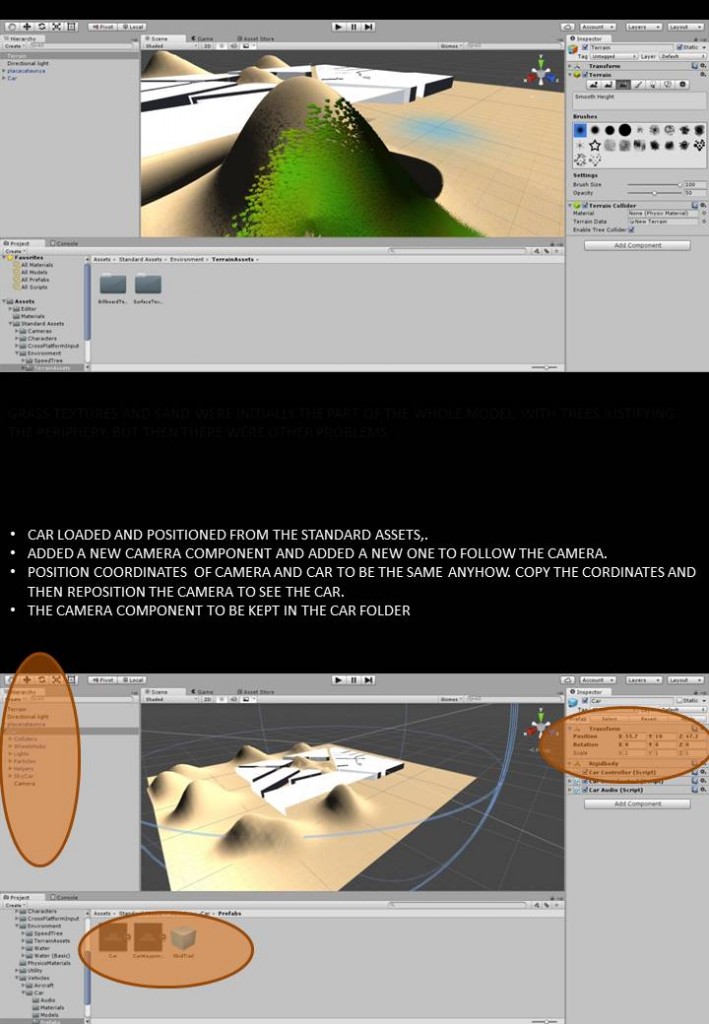Plaza Catalunya or Plaça de Catalunya is a large square in central Barcelona that is generally considered to be both its city centre and the place where the old city and the 19th century-built Eixample meet. Recreating plaza’s are one of the most important contributors to the city’s economy.
Some of the city’s most important streets and avenues meet at Plaça Catalunya: Passeig de Gràcia, Rambla de Catalunya, La Rambla or Portal de l’Àngel, in addition to Ronda de Sant Pere, Carrer de Vergara orCarrer de Pelai. The plaza occupies an area of about 50,000 square meters. It is especially known for its fountains and statues, its proximity to some of Barcelona’s most popular attractions, and for the flocks of pigeons that gather in the center.
The plaza stands as the most important attractions in the of the city where thousands of tourists visit every year. The plaza acts as one of the most important junctions in public commuting and acts as a pause point for tired tourists as well as locals. But, the plaza does not serve a purpose apart from that. If the plaza would be transformed into something more captivating then it would become the epicenter of attraction for tourists as well as locals. Considering the popularity of the plaza, an entertaining platform was needed which would dominate the level of urban insert in a city, and as Barcelona is the best example of Urban Planning, a new Urban insert would add more stars in its generosity for public attractions. Recreating Plaza Catalunya would send it to a different dimension.
The assignment was to recreate a scenario which engulfs entertainment or serves any other purpose. car racing is one of the most popular games when it comes to entertainment and if combined to dirt racing, it becomes even more striking. The following content describes how the plaza transforms into a huge dirt mound racing arena and the classic level of entertainment it delivers to the common man.
